| Size | Trade Gallons, Two Gallons, Three Gallons |
|---|
Crataegus aestivalis – Eastern Mayhaw (B&B.CVR.DR.DRGHT.FC.FRT.H.M.N.NST.OP)
$40.00
Ecosystem Services:
(B)-Birds (B&B)-Birds & Butterflies
(BTF)-Butterflies (BW)-Black Walnut Resistant
(DR)-Deer Resistant (DRGHT)-Drought Resistant
(EC)-Erosion Control (EVR)-Evergreen
(FC)-Fall Color (FRG)-Fragrant
(GRD)-Groundcover (H)-Host plant
(HMR)-Hummingbirds (M)-Mammals
(MTH)-Moths (N)-Nectar
(NB)-Native Bees (NST)-Nesting Material
(OP)-Other pollinators (RR)-Rabbit Resistant
(SHWY)-Showy (SPC)-Specimen Plant
Like other Hawthorns, Mayhaw can be grown as a large shrub or trained into a small tree. It is slow-growing to 30 to 40 feet tall with a rounded crown. It has long, straight thorns and showy clusters of white flowers that occur in early spring and are followed by edible red fruits that ripen earlier than other hawthorns from June to July.
Although it naturally grows in wet sites, it is adaptable to the drier sites in the home landscape and is sometimes grown as an ornamental. It prefers full sun but will tolerate partial shade and is adaptable to soil types.
Use it as a specimen, hedge, screening, or a small shade tree. Because it tolerates a wide variety of sites, this species can be used to stabilize banks and to protect from erosion.
Host plant for the Abbott’s Sphinx, Hummingbird Clearwing, Blinded Sphinx, E. Tiger Swallowtail, Io Moth, and Cecropia silkmoth
Only logged in customers who have purchased this product may leave a review.

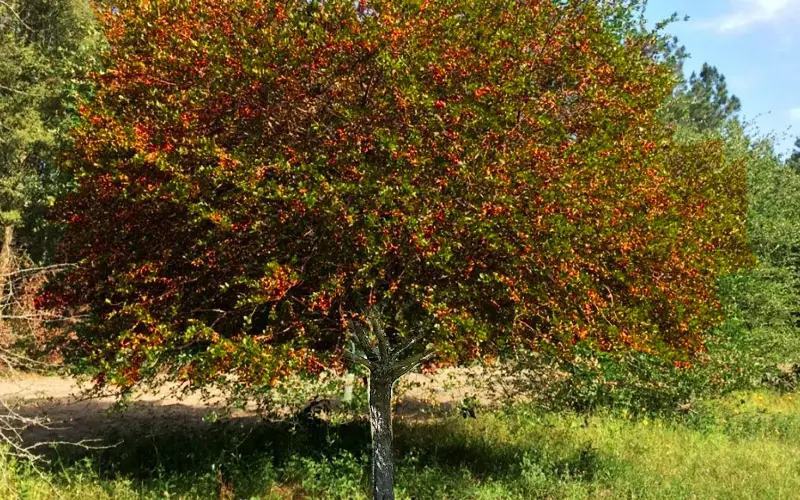
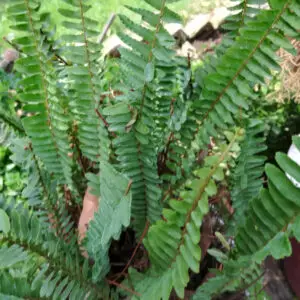
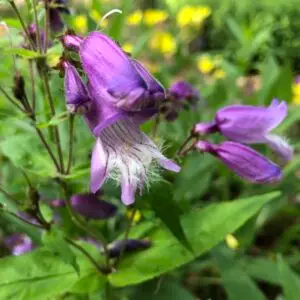
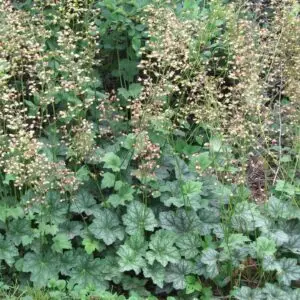
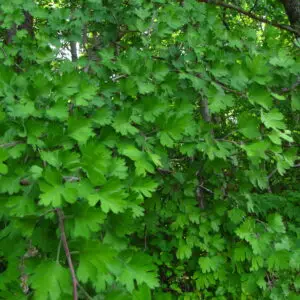
Reviews
There are no reviews yet.